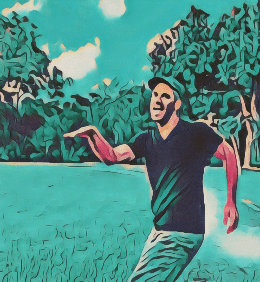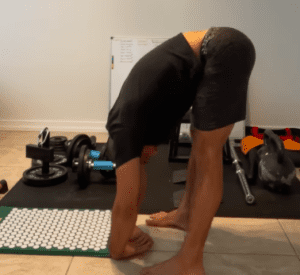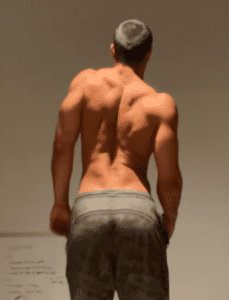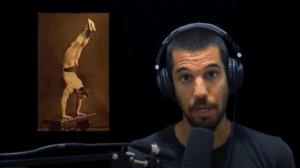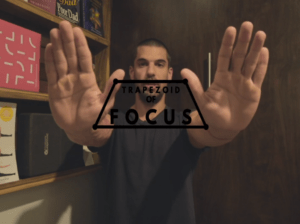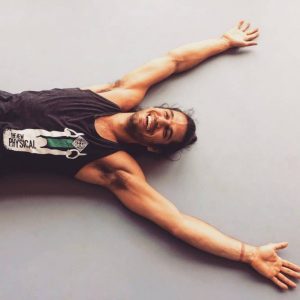 1. How would you define your personal practice?
1. How would you define your personal practice?
My personal practice incorporates play, dance, and the complexities of movement from diverse background such as gymnastics and capoeira.
2. What turning points have you encountered on your movement journey?
The turning point that defined my movement journey is going from a purely physical pursuit to understanding the relief that my movement practice has provided to my management of Tourettes Syndrome. This meant a shift in my focus to how my movement practice could help me heal my symptoms and the stress, anxiety, and depression that would come along with them. Helping others heal their mental and spiritual pain, through the insight I gain from my experience, is now the focus of my movement journey.
3. What role has injury played in cultivating your current niche?
Having tics due to Tourettes Syndrome included some popping mannerisms in my shoulders and wrists that lead to degradation of the joints and weakness. Stress would exacerbate the symptoms. Finding ways to deal with the stress that would lead to my injuries helped me narrow my focus towards the parallels between healthy movement and a healthy mind.
4. Do you consider yourself a teacher? Why or why not?
I consider myself a teacher simply because I have a story to tell that is not common. Since Tourettes Syndrome effects such a small number of the population, I feel a responsibility to share what I find in order to help others. This brings me to the reality that I am much more a student than a teacher though. Since I am responsible to help others, I must constantly humble myself and be humbled by others in my pursuit of knowledge. Every person and every situation is an opportunity for me to learn from and this mentality reminds me that I am a student first.
5. What has been your experience with physical education, both in the schooling system and sought out knowledge/ know-how elsewhere?
The schools I went to focused on physical education through sport. The premise was to get us outside, moving and competing against each other. The focus was always more on competition through sports and weightlifting rather than understanding the ways in which we can be better movers. This lack of depth in physical education concerns me and bringing awareness to the importance of movement complexity and play in humans at an early age is an area I see more of my time moving towards.
6. How do you involve your mind/ emotions into your physical routines?
Focusing on deep attention in my movement practice is my first goal. This practice within the practice has incredible carry over into the rest of my life that I find most important. It helps me handle stress better and accomplish more of what I want out of my movement practice. Trying to understand and feel where my emotions are being held in my body and how I can move through them provides a spiritual relief for me I didn’t know was possible a few years ago.
7. What are your personal aspirations regarding movement? How do you hope to find purpose and use in the skills you have built?
My aspirations are to find actionable steps of healing through movement that I can share with others. To be both strong and soft and be able to call upon these characteristics as I please. To be able to both play and improvise freely as a method of healing and to be able to share in this ability with others so they too can find healing.
8. How can people find/ contact you? Do you have a site or social media handle to share?
You can find me on Instagram @nelsonmoves. I also have a website: www.movingthroughdisorder.com and if someone want to contact me directly they can DM me on Instagram or email me at [email protected]
Nelson’s Recent Blog Posts

Triggers & the Environment
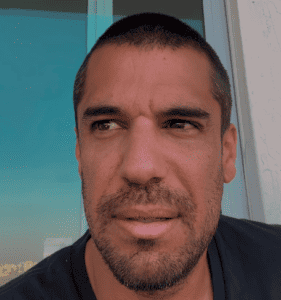
Verbalizing “the Lack”
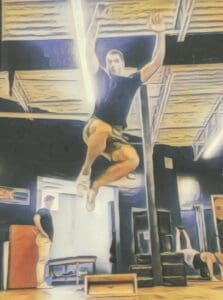
Don’t Forget to Have Fun

Checking In
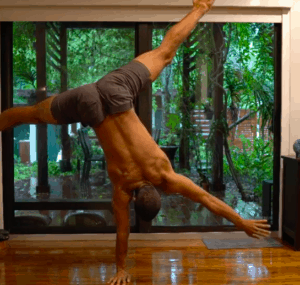
To Warm Up or Not Warm Up?
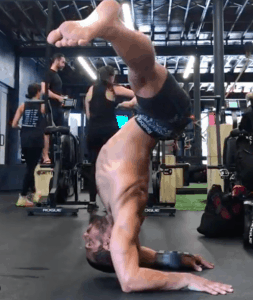
Handstand Options & Exposure
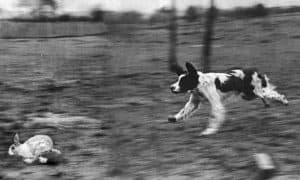
The One Thing
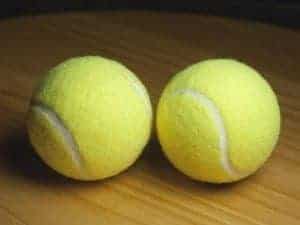
Ball Bounce Challenges
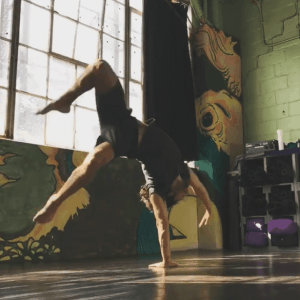
Fear & Awareness
